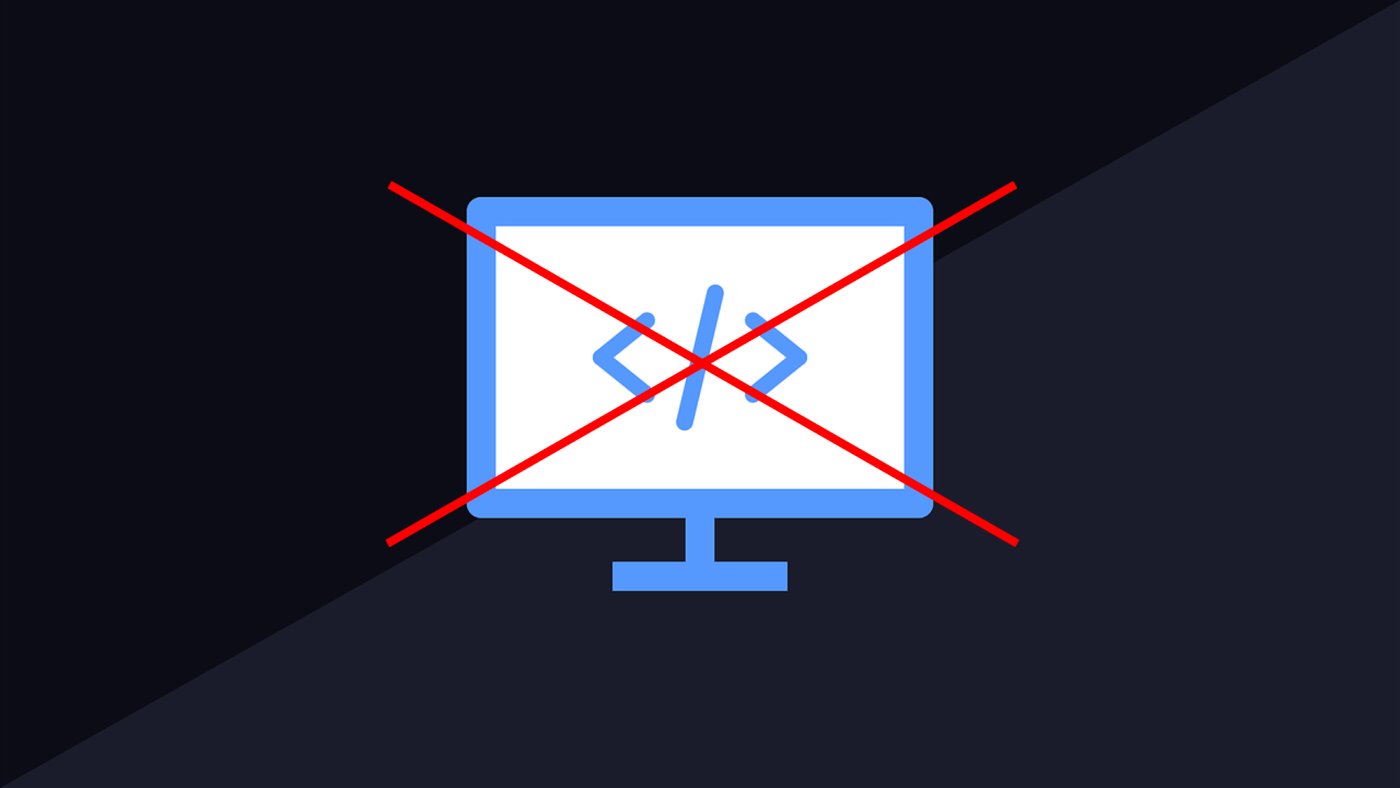Evolution in technology has long been touted as a way to reduce operational costs by reducing dependence and need for people. In reality though, a job lost in operations has created a multitude of jobs in information technology. These jobs have encompassed coding, application management, architecting, solutioning, business analysis and the most important - support. In most cases, support dedicated to an application may be greater than the capacity running manual operations.
The promise of technology benefits, while apparent to the end user, have rarely lived up to the expectations of the enterprise. Cost reduction, better decision support and more importantly transitioning jobs into higher end analytical skills have eluded enterprises for the longest time.
Then came along a new promise, the promise of low-code no-code. Low-code no-code solutions were meant to restore the balance between information technology and business users. They promised faster rollout of technology and business benefits like never before. Applications were now rechristened platforms. Platforms which promised to do wonders. Yet, with nearly five years of evolution and promise from low-code no-code platforms, the technology challenge persists. The unlocking of value for the enterprise continues to elude.
What is the problem? Are low-code no-code platforms a gimmick or a reality?
The concept of low-code no-code is very viable and very real. Low-code no-code in its simplest form takes scenarios and syntax within the realm of coders and translates both into a vernacular better understood by regular business users. This seems fairly straight forward. Change the language to something everyone understands, and you have a no-code solution. Changing a vernacular is easier but envisioning scenarios in which an end user thinks and operates is more complex.
The problem of ensuring success does not lie in the concept of no-code. It lies in two major things: a) What really qualifies as a no-code solution? and b) How well is a no-code solution architected to encompass a wide range of business use cases and scenarios?
What really qualifies as a no-code solution?
A number of applications have laid claim to the title of no-code. Such claims emanate from the ability to allow users to build graphical designs without writing code or build workflows without writing code or perhaps drag and drop some HTML, CSS and JS elements to build what looks like a nice website. What all these applications merely enable is change of syntax or vernacular. Surely, they empower the user but cannot qualify as no-code solutions. They are merely vernacular-syntax change solutions. While such solutions are beneficial, the expectations built around digital transformation being anchored on these solutions tends to lead to unrealized value or more often implementations that don’t meet expectations.
A true no-code solution isn’t one that merely changes technology interaction vernacular but one that can envision and support a wide range of user scenarios. Let’s take an example to understand this a little better.
An organization is looking to build a customized customer relationship management application. The organization uses a no-code platform that enables it to create user input forms, workflows for approvals, tabulation of charts and graphs, tables and maybe even performance metrics. All this without writing any code. All this looks simple and viable simply by changing the system vernacular from writing code to dragging and dropping elements.
Now the organization realizes these are basic functions and needs to scale the application. The ask is to build data hierarchies to enable limited user access depending on certain row level attributes, the ability to integrate alerts with email or messaging systems, the ability to create complex computations based on custom formulae, the ability to import data from many sources including unstructured data, the ability to build predictive models based on the data, the ability to build scenarios and simulate outcomes based on discrete variables and many other such enhancements to scale out.
Now the no-code platform purports this is possible but only if some code was written. The vernacular for users now seems limited, the user scenarios and use cases now seem too complex. A no-code solution has now become some code and technically complex to deliver.
A true no-code solution should be able to scale from a simple set of screens, inputs, outputs and analysis to being able to mimic a user journey without writing any code.
Qualifying applications as no-code solutions because they can do workflow management or case management has been one of the greatest fallacies in the no-code adoption era.
How well is a no-code solution architected?
Architecting a no-code solution can be done in a variety of ways. However, the most important components that must exist to support a wide range of business scenarios are the following:
- A flexible data management layer that allows for data integrations and streaming from a wide variety of sources and enables data management within the application
- An inbuilt data pipelining and transformation layer to enable data aggregation and management across systems
- An API management layer to enable connections with other applications in the ecosystem
- A computation layer supporting simple functions and complex compute including machine learning and artificial intelligence models
- A process management framework to cover and alter business scenarios, workflows, approvals, alerts, notifications and other user actions
- A UI layer than enables user interaction and interface with the application
- Application packaging to allow for multiple apps to run together and separately depending on the use case and need for multi-tenanting
- Reporting and visualization layer to enable dashboarding, reporting, analysis, drill-down of data and decision support
- An administration layer that enables monitoring of micro-services and applications across the no-code platform and the ability to scale to cloud services
No code platforms that are architected purely for process management can struggle to manage compute use cases either due to limited compute functions or speed of compute. Adopting a no-code solution that provides merely a part of the aforesaid components in no-code and the rest with coding is not truly no-code.
When must no-code mean no-code and nothing less?
If you are looking to build an enterprise grade application that can replace legacy vendor applications or where you are looking to build an enterprise anchored in technology, no-code must truly mean no-code.
If you are looking to build a website, a proof-of-concept application, an application with very limited scalability or you are just looking to build an engine that will be used in an application, vernacular-syntax change solutions will do. When you are seeking to build enterprise grade solutions that can scale up and scale out, nothing less than true no-code will do.
To experience true no-code solutions and to learn more about no-code technology, visit the Revolutio page.









